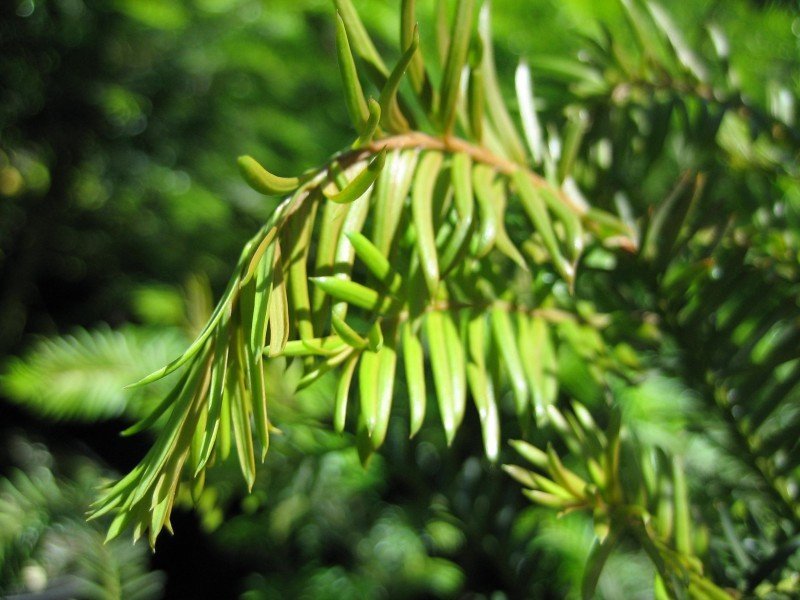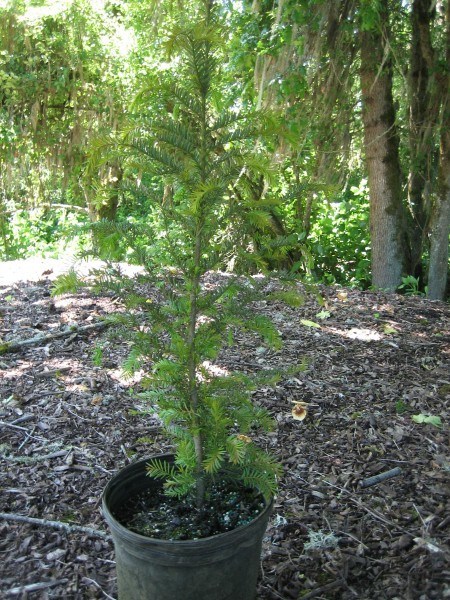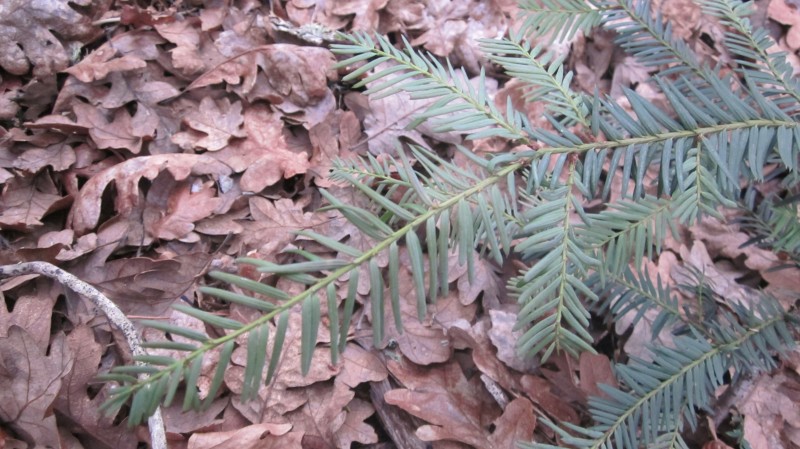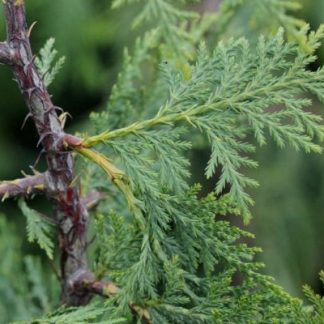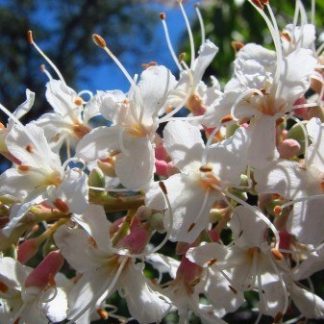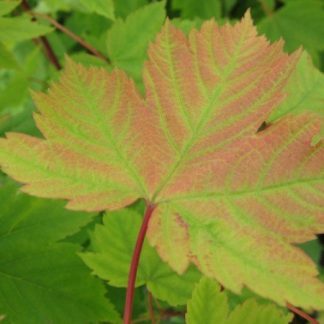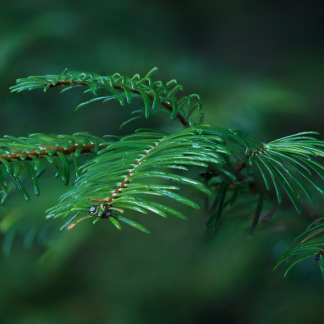Taxus brevifolia
western yew
Habit: small, slow growing evergreen tree, usually found as an understory plant below larger conifers. At higher elevations, western yew grows as a large sprawling shrub. It has a spreading conical crown and horizontal, drooping branches. The scaly thin bark is a dark reddish brown and papery peeling off in strips to show a reddish purple inner bark. Short dark yellow green leaves are fragrant, needlelike, arranged in two flat rows and finely pointed on the tip. Lacking a typical woody or papery cone, western yew produces a small red berry like fruit that contains a large single seed.
Ecology: found from Southern Alaska to Central California and east into Montana at elevations from 2000-8000 ft (600-2438 m) in moist dense forests, ravines, and slopes.
Growing Conditions: full sun to partial or full shade and deep, moist, well-drained soils.
The bark of Taxus brevifolia is a natural source of taxol that is being used in cancer research. Western yew provides important food and cover for many wildlife species.
Always seek advice from a professional before consuming or using a plant medicinally.
Specs
Evergreen Coniferous Tree
20-40 ft (6-12 m)
10-20 ft (3-6 m)
4-10

